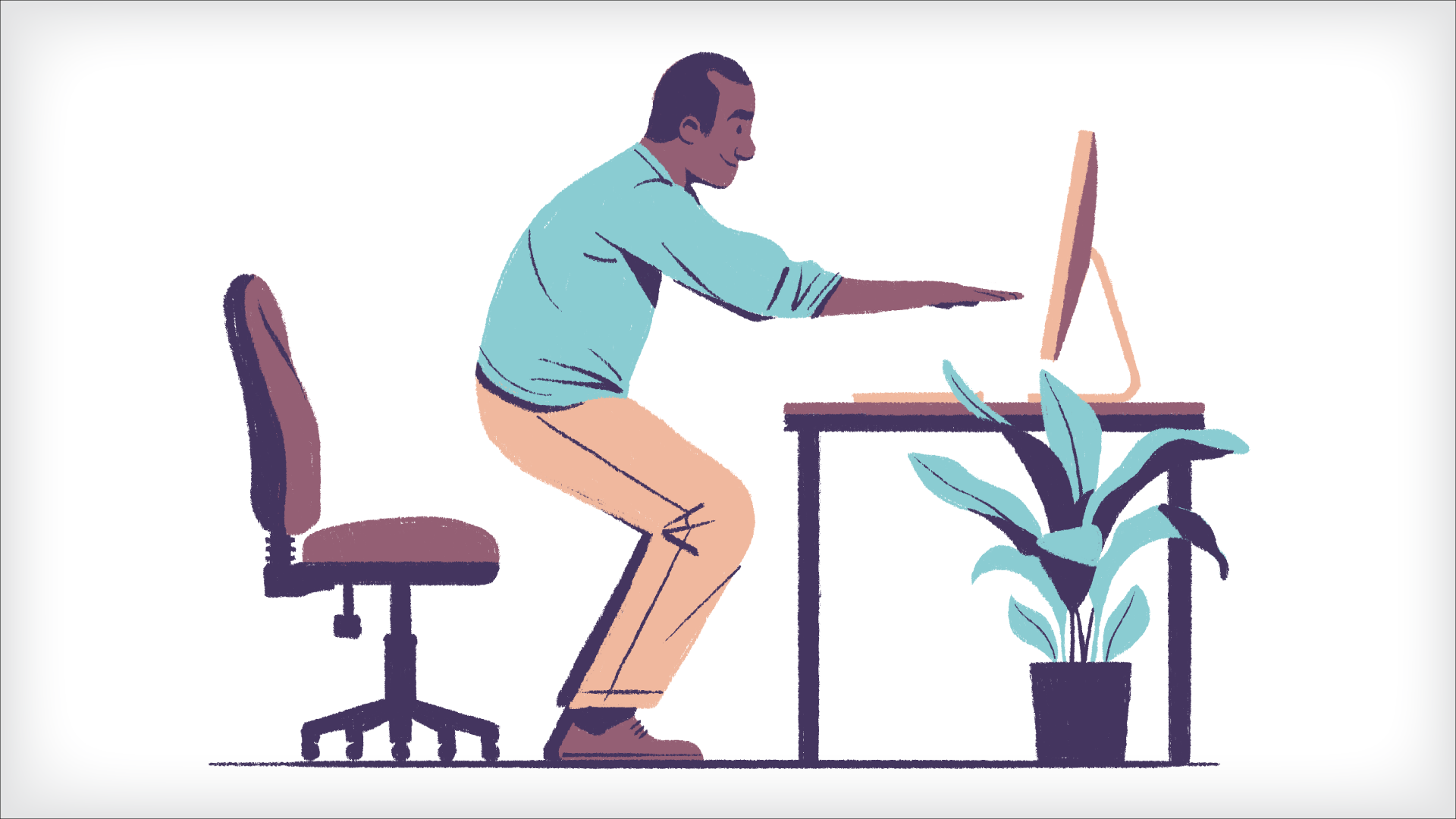Move It For Your Mood

Physical activity comes with psychological and physiological benefits that can help improve mood and manage stress.
All forms of exercise — from walking and jogging to yoga and weight lifting — can help reduce feelings of anxiety and stress. Plus, many forms of movement are free, accessible to all individuals, and doesn’t come with any unpleasant side effects (when done properly).
Both high- and low-intensity workouts offer physiological benefits by triggering a series of chemicals events that help improve brain function and regulate mood. That means, regardless of your current level of physical fitness, there are plenty of exercises and movements you can practice — anytime or anywhere — to help relieve stress.
But how much physical activity is necessary to start feeling the benefits? The Mayo Clinic suggests doing 30 minutes of exercise a day for three to five days a week, but don’t feel like you have to get it all done in one session.
Beginning this Monday, try to record 150 minutes of physical activity per week by using our list of small steps to get you moving. Because getting active doesn’t have to be a workout.
Related Articles

Boost Your Mood With a Partner Walk
Although walking alone can benefit your physical health, strolling with a companion can boost your mood and overall wellbeing.

The Many Benefits of Better Endurance
Incorporating regular aerobic workouts into your weekly fitness routine can help you stay healthy by reducing the risk of major health conditions such as obesity, heart disease, and high blood pressure.

Reduce Pain and Improve Posture with Office Exercises
There are movements and mini-workouts you can do throughout the day to spare your spine, lower back, and posture.